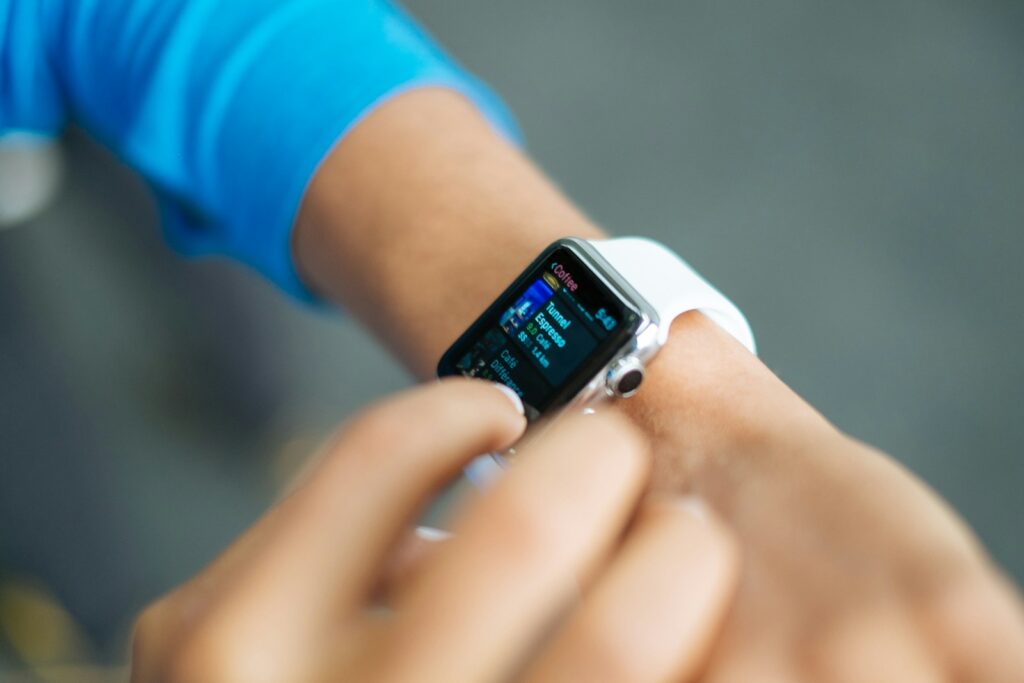Smart plugs, bulbs, and speakers promise to make life easier, but many people feel intimidated when it’s time to set them up. The truth is, connecting smart home devices is much simpler than it sounds. With just a few steps, you can have your home running smarter in no time.
Start with the Right App
Almost every smart device works through a companion app. Before plugging anything in, download the app recommended by the manufacturer. For example, Philips Hue lights use the Hue app, while Amazon smart plugs use the Alexa app. These apps walk you through the process step by step, so you don’t need to guess what to do.
If you already have a smart speaker, such as Alexa, Google Nest, or Apple HomePod, check if your device works directly with it. Often, you can skip extra apps and connect everything under one platform, keeping things simple and streamlined.
To better understand which devices are worth upgrading, see Smart Home vs Regular Device: What’s Worth It?
Plug In and Pair
Once you have the app ready, the setup typically begins by plugging in your device and allowing your phone to locate it. Most devices enter “pairing mode” automatically the first time they’re turned on. Your app will scan for nearby devices and display options to connect.
You’ll likely need to connect the device to your Wi-Fi network during setup. Ensure you know your Wi-Fi password and use the same network to which your phone is connected. Once paired, the device is ready for use, and you can usually control it using an app or voice commands.
FTC offers guidance to keep your internet-connected devices secure and safe from hackers.
Organize and Customize
After pairing, it’s time to organize. Name each device in a way that makes sense, such as “Living Room Lamp” instead of “Plug 1.” This helps when using voice controls, since you can say, “Turn on the living room lamp” instead of remembering a generic label.
Many apps also let you group devices. For example, you can connect all your kitchen lights into a single group, allowing a single command to control them all. Schedules and automations are also handy. Set your lights to turn on at sunset, or your coffee maker to start brewing in the morning.
Curious about upgrading entertainment? Read Should You Buy a Smart TV or Just Use a Streaming Stick? for insights.
Troubleshooting Made Easy
If something doesn’t work, don’t panic. Most issues stem from Wi-Fi problems or the device not being in pairing mode. Restart the device, make sure your Wi-Fi is stable, and try again. Reset buttons are typically built-in, and the companion app often includes a help section with troubleshooting tips.
If your device refuses to connect, check whether it supports your Wi-Fi band. Some smart gadgets are only compatible with 2.4 GHz networks, not 5 GHz. Temporarily changing your router settings can often resolve the issue.
For a smoother smart home setup, you might also want to review Parental Controls Made Easy.
Key Takeaway
Setting up smart home devices doesn’t have to be stressful or confusing. By downloading the right app, carefully pairing your gadgets, and organizing them with clear names and groups, you’ll unlock the full benefits of convenience, automation, and voice control.
With just a few simple steps, your living space can become smarter, more efficient, and perfectly tailored to your daily routines—no advanced tech knowledge required.




